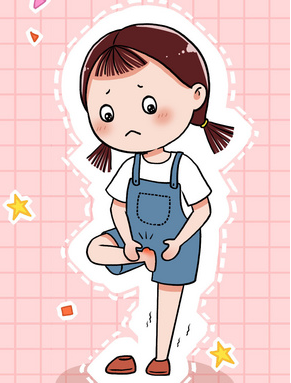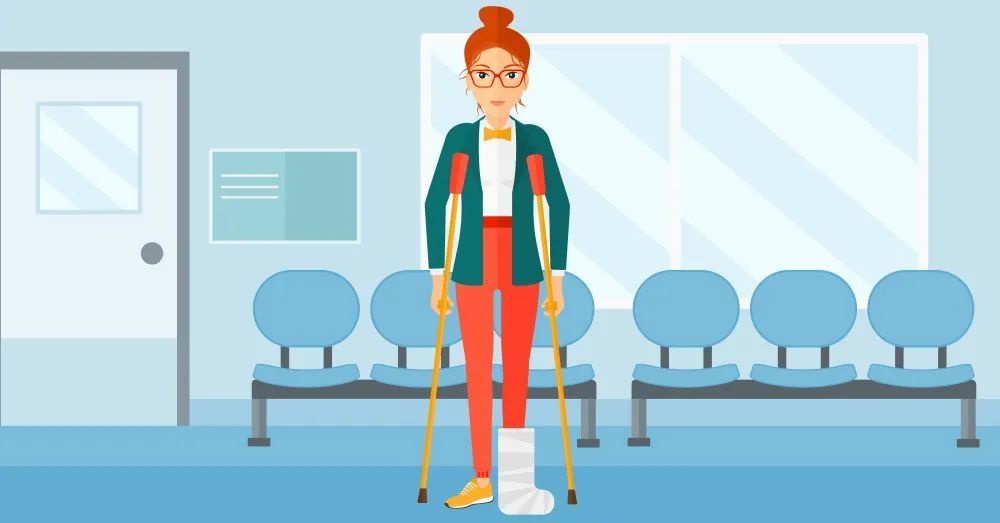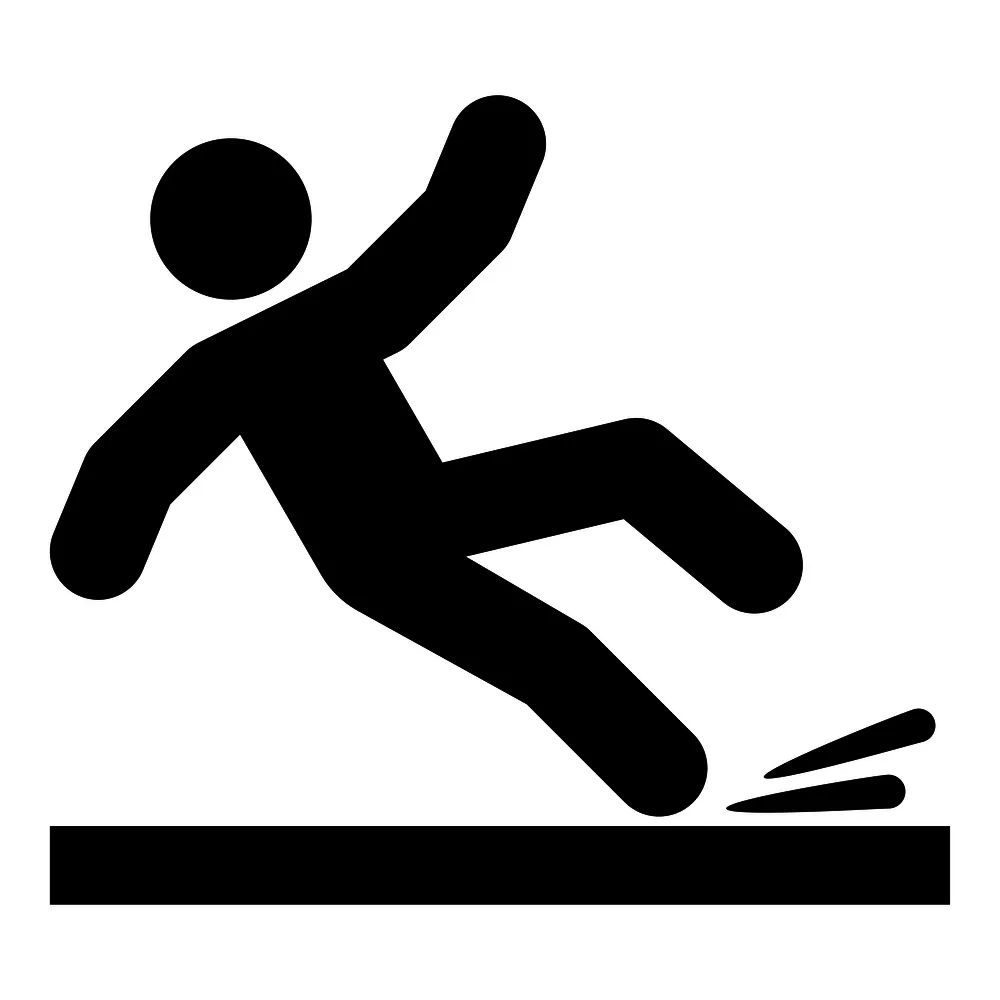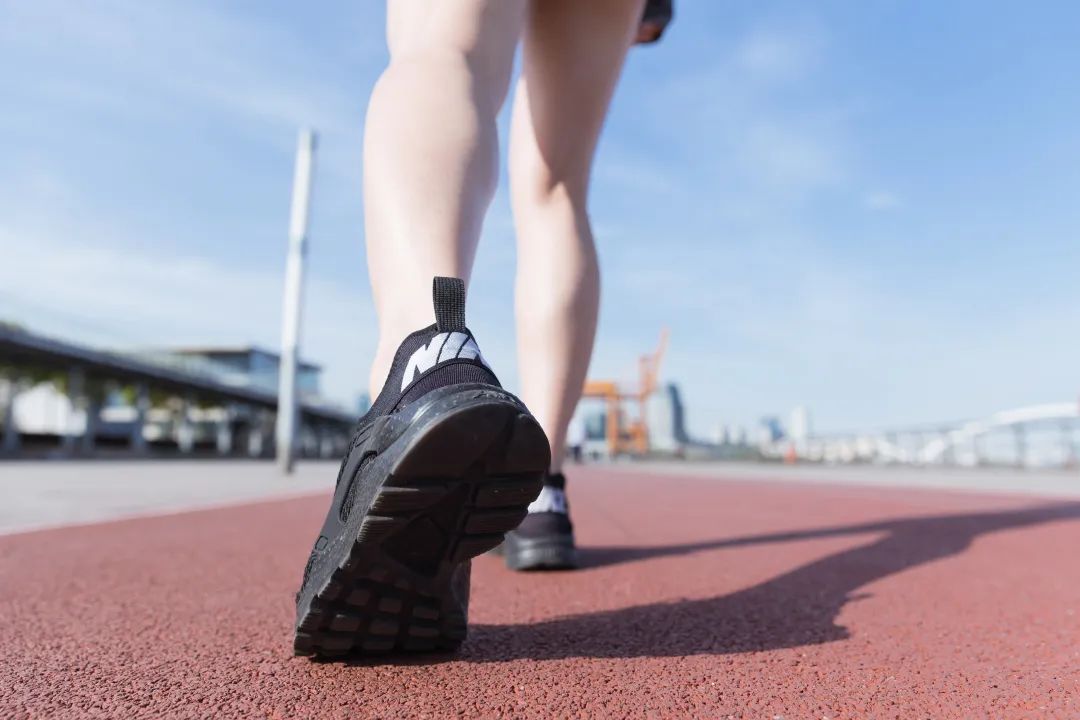Ah, I twisted my feet, what should I do
Author:Healthy China Time:2022.08.27
Go down the stairs, not stabilizing ...
When exercising,
Just step on the ground and unsatisfactory place ...
Even, I don't know what's wrong,
Walking flat will flash a bit ...
Then, I twisted my feet

The twisting feet we often say are actually sprained the ankle joint. Ankle sprains are very common, and one of the acute ankle sprains occurs every one of thousands of people a day. The ankle sprains are mostly sports damage, accounting for about 40%of all sports injuries. In addition, it is also seen in the uneven ground or when the stairs go down the stairs. Ankle sprains can cause swelling and pain in the ankle. In severe cases, it can cause joint capsules, surrounding ligaments, joint cartilage damage, and even ankle fractures. Until time or improper treatment can cause chronic pain in the ankle joints and unstable ankle joints.
According to statistics, about 1/3 of patients will develop into repeated ankle sprains, affecting daily life and exercise.
Important load -bearing joint
The ankle joint is a boat joint composed of a tibia remote end and fibula far end and a distance of the bone. It is an important load -bearing joint of the human body. It has an important role in stabilizing the balance of human body when walking, running, and jumping. Therefore, the ankle joint requires very good stability, and its stable structure includes static stability structure and dynamic stable structure. The static stabilization structure is mainly composed of osteo structures composed of tibia, fibula and bone. The inner, outer ligaments and lower tibial ligaments; the dynamic stabilization structure is mainly composed of muscles and tendons around the joints. Internal and external ligaments are very important for maintaining the stability of the ankle joint. Due to anatomy and biomechanical reasons, the ankle sprains are mostly flipped in the vertical flexion. Therefore, the external ligament damage is the most common, especially the ligament of the forefront and the imperfection, and the inner ligament damage is rare.
Evaluation of damage
The degree of ankle joint injury is obviously correlated with rehabilitation time. The heavier damage, the longer the recovery time. Therefore, after sprains, we must first judge the degree of damage. According to the symptoms, ankle stability, and whether it can be loaded, the ankle joint sprains are divided into 3 levels. Class I sprain: The ankle ligament is stretched slightly, only slight tears. It is manifested as local mild swelling and tenderness. Patients with stable ankle joints can walk load. Class II sprain: The ankle ligament is not completely torn. The patient has moderate pain, accompanied by swelling, tenderness and blood stasis. The ankle joints have mild or moderate instability, limited ankle joint activity, and pain when walking. III -level sprain: The ankle ligament is completely torn. Patients have severe pain, significant swelling, visible blood stasis, obvious unstable ankle joints, and obvious function and motion loss; patients cannot walk weights.

Is it necessary to perform X -ray inspections of all ankle sprains? Studies have shown that less than 15%of patients with ankle sprains have a fracture of ankle or medium -footed patients in less than 15%of patients, so it is unnecessary to perform X -ray examinations on all patients. OTTAWA Ankle Rules can be used for simple assessment. Those with the following situations are recommended to evaluate X -ray to eliminate fractures: ① tender tenderness on the back of the ankle bone on one or both sides; Essence
First aid measures: Price Principles
The target of acute treatment is to reduce swelling and analgesic to avoid further damage to the ligament. For all patients with ankle joints, the Price principles can be used first.

1
Protective braking (Protection)
Enhance the ankle stability through ankle protective gear and sports tape, and perform functional exercises as soon as possible under protective braking.
2
Rest (REST)
Avoid activities that cause pain, edema or discomfort.
3
Ice
Immediately apply ice for 15-20 minutes, and in a sober state, apply ice every 2 to 3 hours. If you have vascular diseases, diabetes, or feel reduced, you can fully communicate with the doctor before ice.
4
Compression (compression)
Stretch bandage is bandaged to reduce tissue edema. Be careful not to bandage too tightly to avoid blocking blood circulation and cause necrosis.
5
Elevation
The affected limb to the heart level is increased during a rest, which is conducive to swelling.
For light and moderate ankle joint sprains, it is recommended to wear ankle joint protective gear and sports tape for 4 to 6 weeks. However, for severe ankle joint sprains, it is recommended to perform hard fixation such as gypsum. The fixed time usually does not exceed 10 days, and then replaced with ankle protective gear.
Three aspects of rehabilitation training
1. Activity training
Acute pain and edema are reduced, and at the same time, when the ankle bears the weight of the ankle, it is necessary to conduct activity training and practice twice a day.
1. Sit position, slowly do the ankle joint to the maximum angle, feel the stretching of the calf muscles, keep it for 10 seconds, and repeat 10 times.
2. Rotate the ankle joint down and inward, keep the inner turning position for 10 seconds, and repeat 10 times.
3. Rotate the ankles upward and outward, keep the outward position for 10 seconds, and repeat 10 times.
4. Shihson flexed ankle joints, as much as possible to keep the tip, keep for 10 seconds, and repeat 10 times.
5. When the ankle pain is obviously reduced, this training can be performed: standing on the edge of the steps, putting down the ankle, keeping 10 seconds, and repeating 10 times; 30 cm from the wall, the tip facing the wall, keep the squat for 10 seconds, repeat 10 10 10, and repeat 10 10 10, and repeat 10 10 for 10. Second-rate.
Second, strength training
It can stand freely, and the resume of ankle joint activity is basically normal. At this time, force training can be performed. Including long training and other training. Equal training
1. Rotate the ankle joint and inward, and hold a fixed object, such as a sofa, stay for 10 seconds and repeat 10 times.
2. Rotate the ankle to the upward and outward, hold a fixed object, such as a sofa, keep it for 10 seconds and repeat 10 times.
Wait for Zhang Training (this training should use elastic bands)
1. Slowly flex the ankle to the maximum angle, repeat 10 times.
2. Try to stretch the ankle to the maximum angle as much as possible, repeat 10 times.
3. Rotate the ankle joints down and inward, repeat 10 times.
4. Rotate the ankle and repeat 10 times upward and outward.
3. Balance and coordination training
1. The affected limb stands on the pillow with a single leg, keeps 10 seconds, and repeats 10 times.
2. Stand a single leg of the affected limb and fix the elastic band on the healthy side limbs. The body's limbs extend backwards, return to the starting position, repeat 10 times; extend the body's body forward, return to the starting position, and repeat 10 times.
The ankle joint sprains can not be developed in a timely or improper development to chronic ankle unstable, which cause chronic pain in the ankle joints and affect daily work and life. Rehabilitation exercises as soon as possible with protective braking can restore the ankle joint as soon as possible to normal functions, and effectively reduce the risk of developing into chronic ankle unstable joints. For patients with medium and severe injuries, they must go to the hospital for treatment in time, evaluate them by specialists, and improve the corresponding examinations to formulate more effective treatment plans. For patients with invalid and repeated sprains, surgery is recommended.
Preventing ankle sprains
1. Warm up exercise before exercise.

2. Be very careful when walking, running or working on uneven roads.
3. Those with unstable ankle joint or sprains of ankle joints must wear ankle protective gear or sports tape during exercise.
4. Wear the right shoes during activity.
5. Try to wear high heels as much as possible.
6. Don't participate in exercise or activities that are not suitable for you.
7. Maintain good muscle strength and flexibility.
8. Carry out ankle stability training, including balance training.
Source: "Popular Health" magazine
Text: Beijing Tsinghua Chang Geng Hospital orthopedics
Review: National Health Science Popularization Expert Library Expert
Ye Zhaoming, Director of Orthopedics at the Second Hospital of Zhejiang University Medical College
Planning: Wu Wei Hong Tan Jia
Edit: Luan Zhaolin
- END -
From 14 o'clock, Temporary Static Management in Yangpu in Puzhou
Notice of the Headquarter Headquarters of Puzhou New Coronatte Pneumonia Epidemic Extraction Prevention and Control WorkThe current situation of the epidemic prevention and control is very severe. In
Emergency reminder
In order to strictly implement the measures of external prevention input and internal prevention and rebound, effectively control and reduce the risk of transmission of new crown pneumonia.1. Report